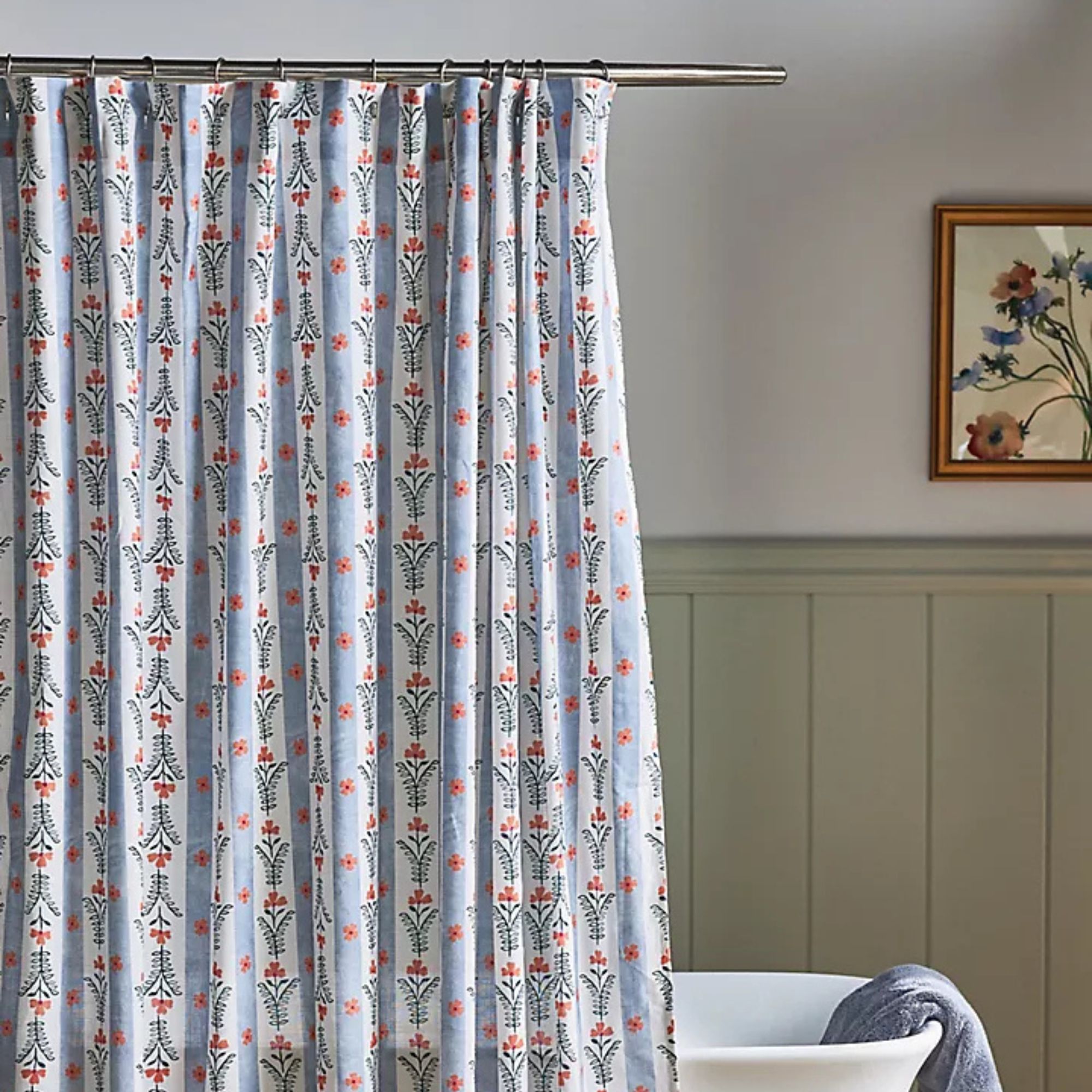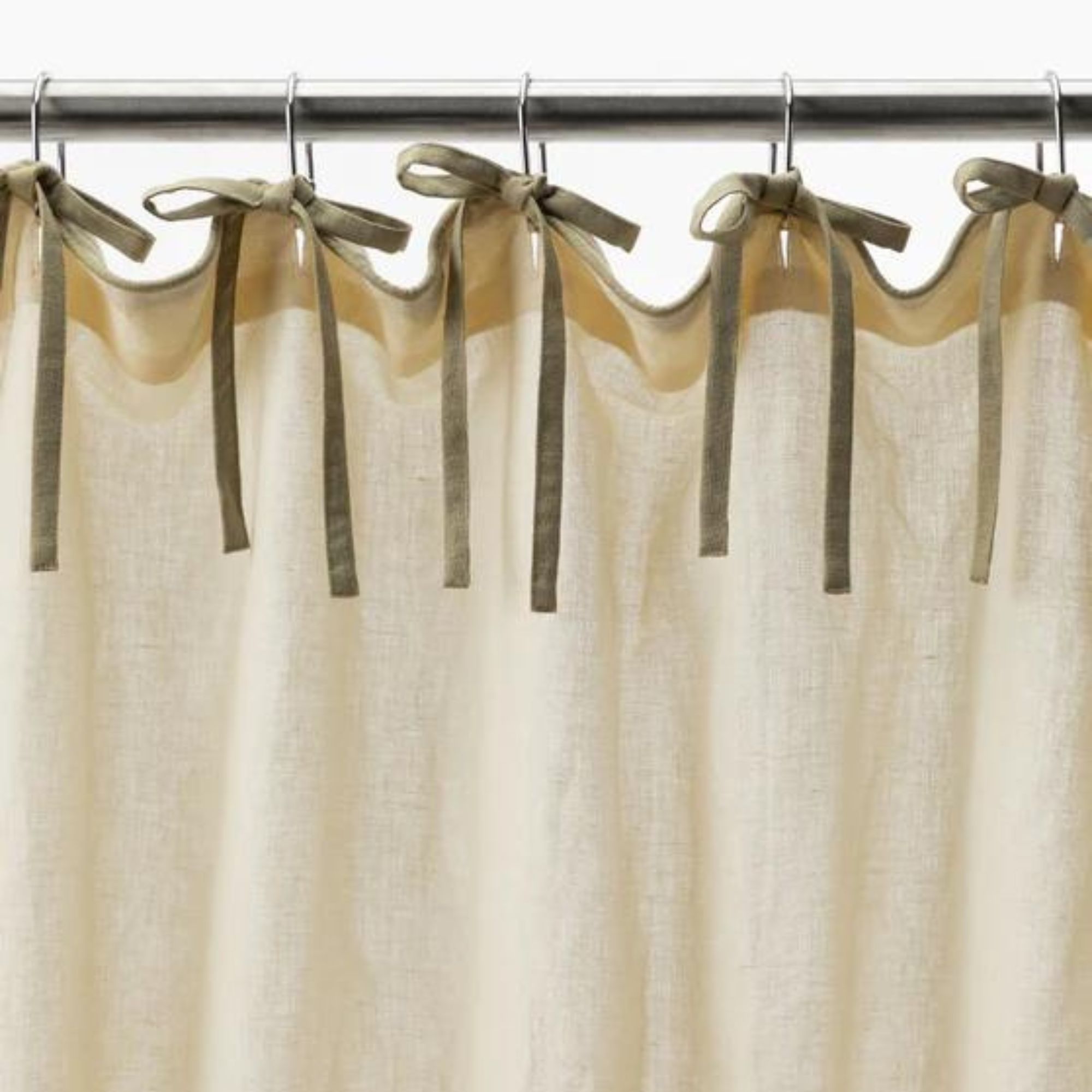Suddenly, every expensive-looking bathroom has an alcove bathtub – interior designers explain the enduring appeal of this built-in design
Alcove bathtubs are such a simple design approach, but we have seen so many examples recently that prove how luxurious they can make a bathroom feel
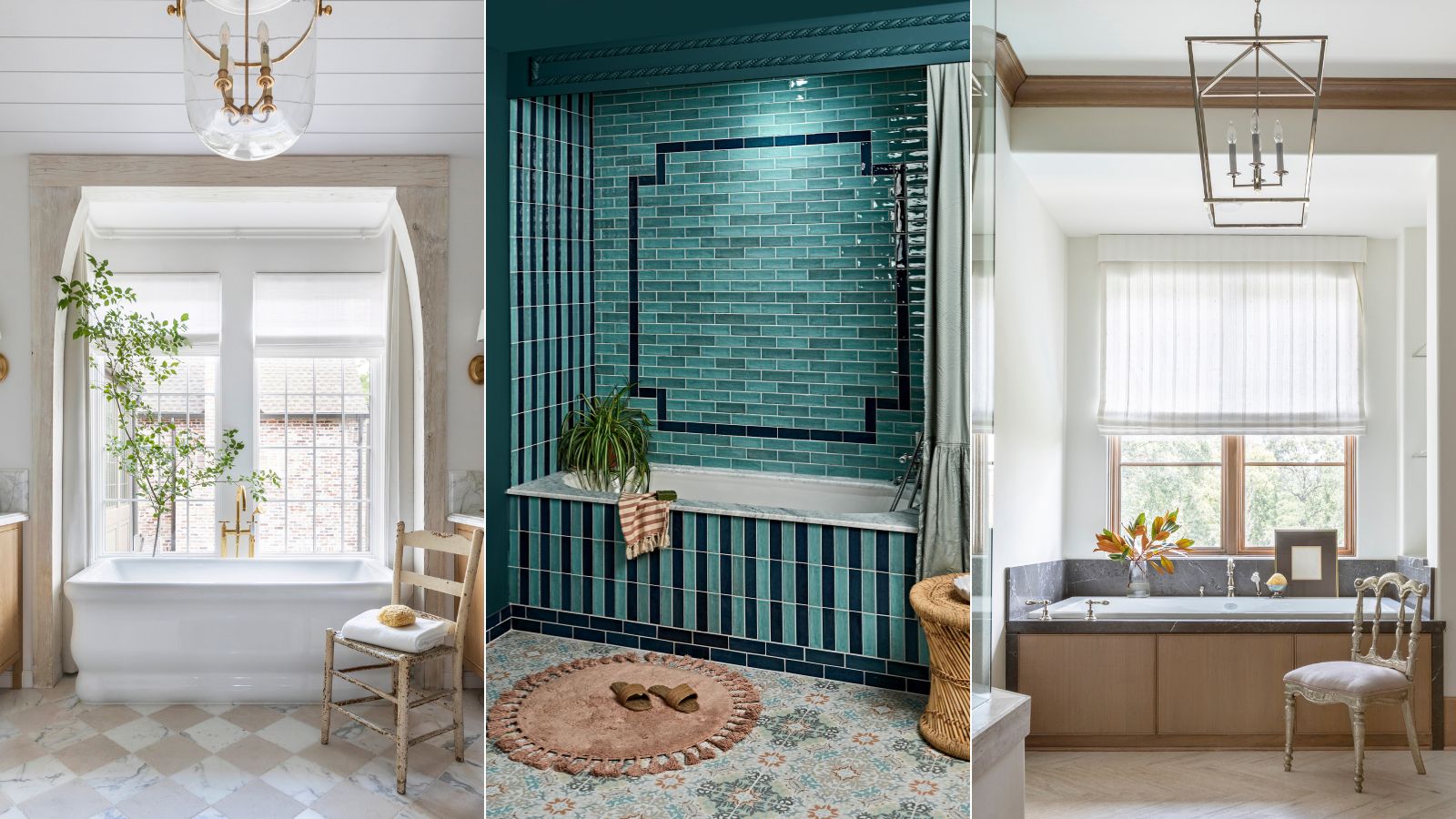

For so long, freestanding bathtubs in all their various forms have been considered the epitome of luxurious design. They have a sense of tradition about them, often featured in the most aspirational homes throughout the decades.
But there's been a shift in recent bathroom trends, with a different style of bath idea becoming more desirable – both aesthetically and functionally. The alcove bathtub is humbler in design and perhaps the more accessible style.
But with thoughtful design and the right details, this underrated bathtub style seems to be fast becoming the better choice for a luxurious bathroom. But do interior designers agree?
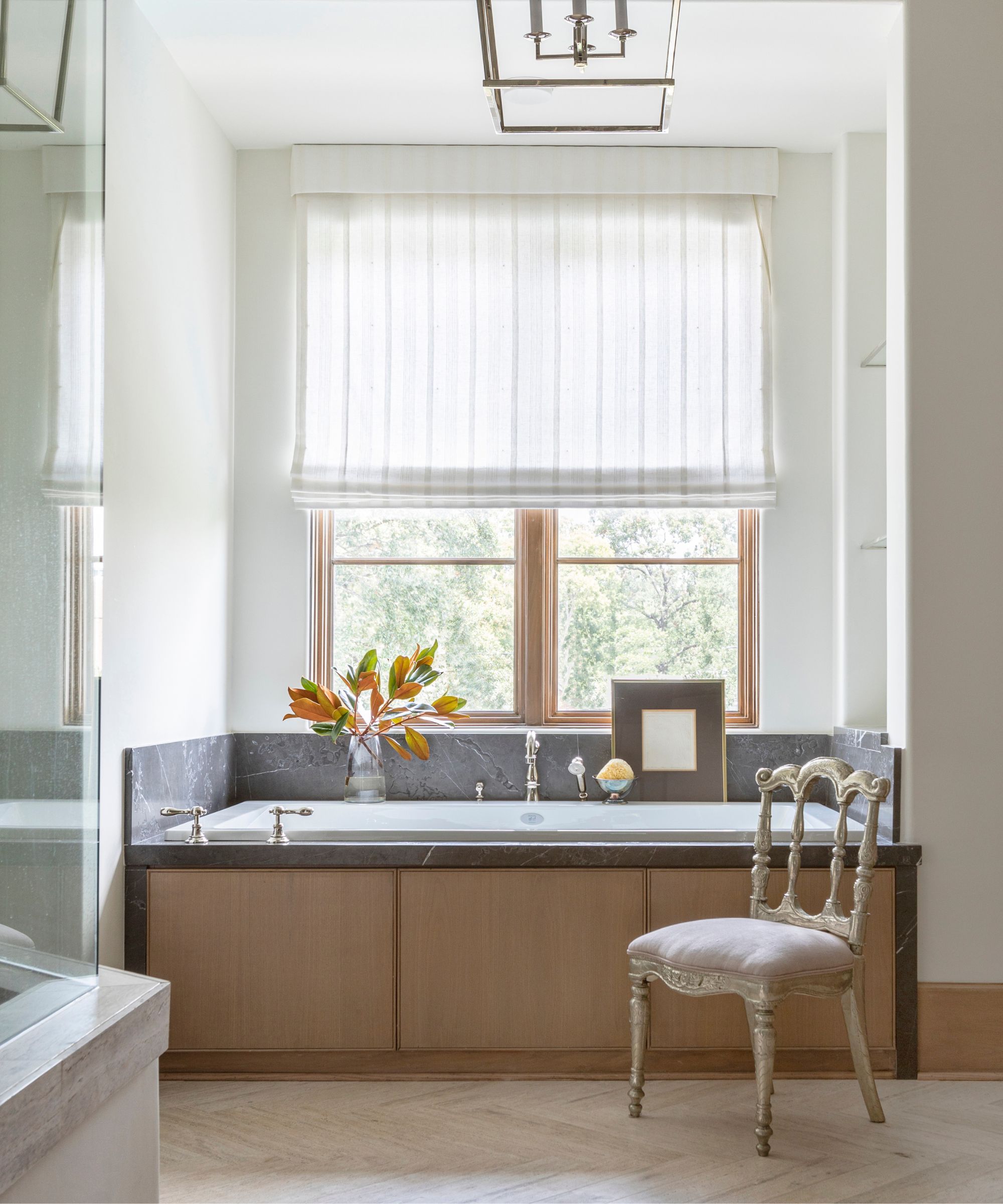
'An alcove bathtub is a beautifully functional choice, seamlessly tucked between three walls to create a cozy, intentional bathing space. It’s a design that feels both timeless and practical, offering a sense of enclosure that enhances relaxation,' says interior designer Marie Flanigan.
'The appeal lies in its efficiency – ideal for maximizing space while still delivering a spa-like experience. With built-in surrounds, it integrates effortlessly into a bathroom’s architecture, making it a smart solution for both large and small spaces,' she adds.
Freestanding bathtubs have been considered the pinnacle of luxury for a long time – a statement tub at the heart of the bathroom serves as the focal point. But for many, it's a bathroom layout that just doesn't work functionally. This is where the alcove style becomes more considered in designs.
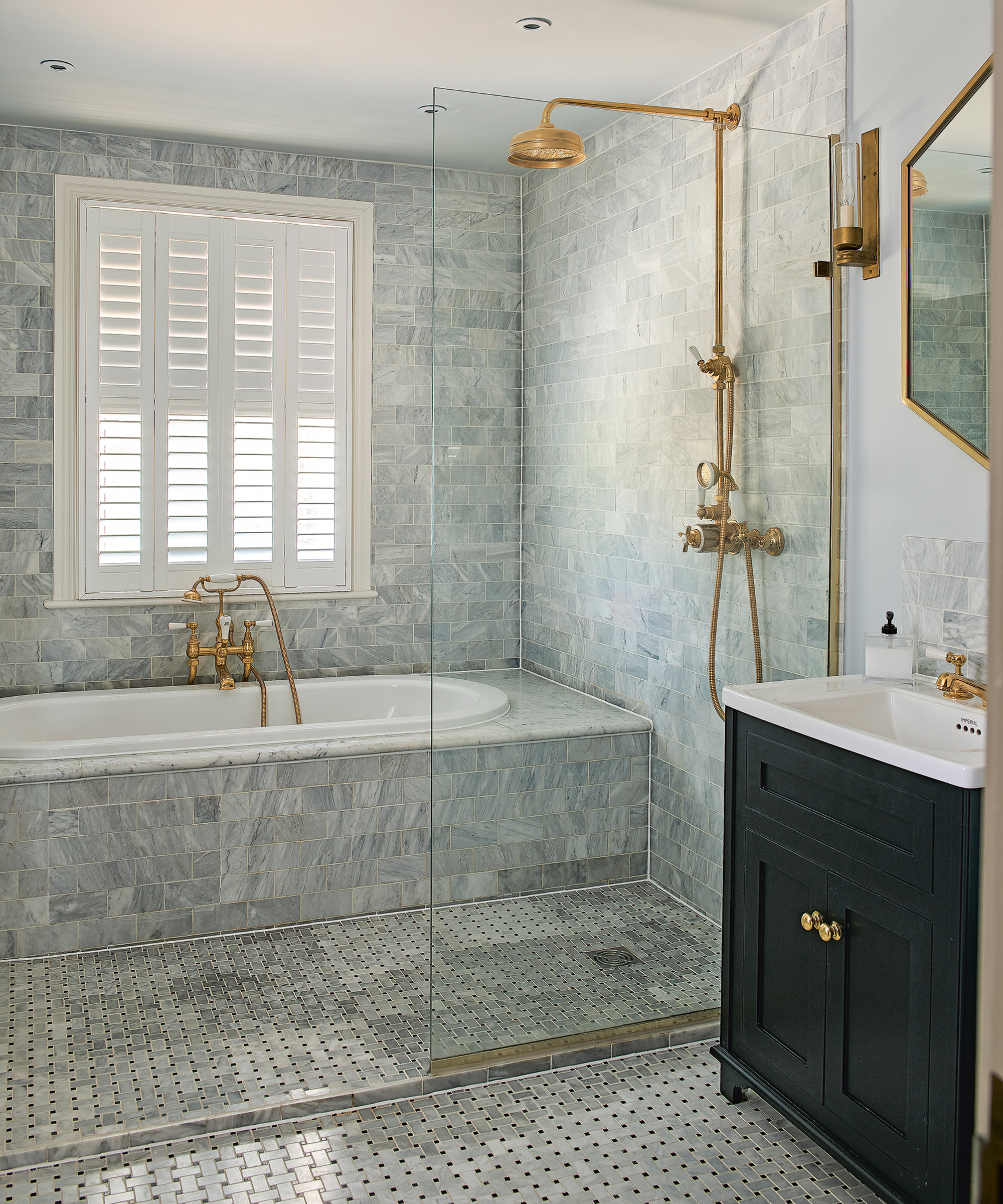
'This year, we’re seeing a shift towards alcove tubs over freestanding ones as more people look to make their bathrooms feel both design-forward and highly functional. Alcove tubs offer a more integrated look, creating an opportunity to get creative with the surrounding materials,' explains Marie.
It's a style that offers more versatility in design. The built-in style means you can experiment with various materials, whether it's tile, stonework, or even wooden details and millwork, to create more of a design feature of your tub.
'While freestanding baths remain popular, especially in larger bathrooms, there is a rise in alcove baths being featured in designs. While it can be because of the space available or budget constraints, we are designing more of them as they allow a higher degree of flexibility when it comes to being creative,' adds Louise Ashdown, head of design at West One Bathrooms.
5 ways to make an alcove bathtub feel more luxurious
Whether you're currently remodeling a bathroom to feature an alcove bathtub or you want to make your current bathroom look more luxurious, there are plenty of ways to elevate your space. Here's how the experts do it.
1. Make your alcove bathtub the focal point
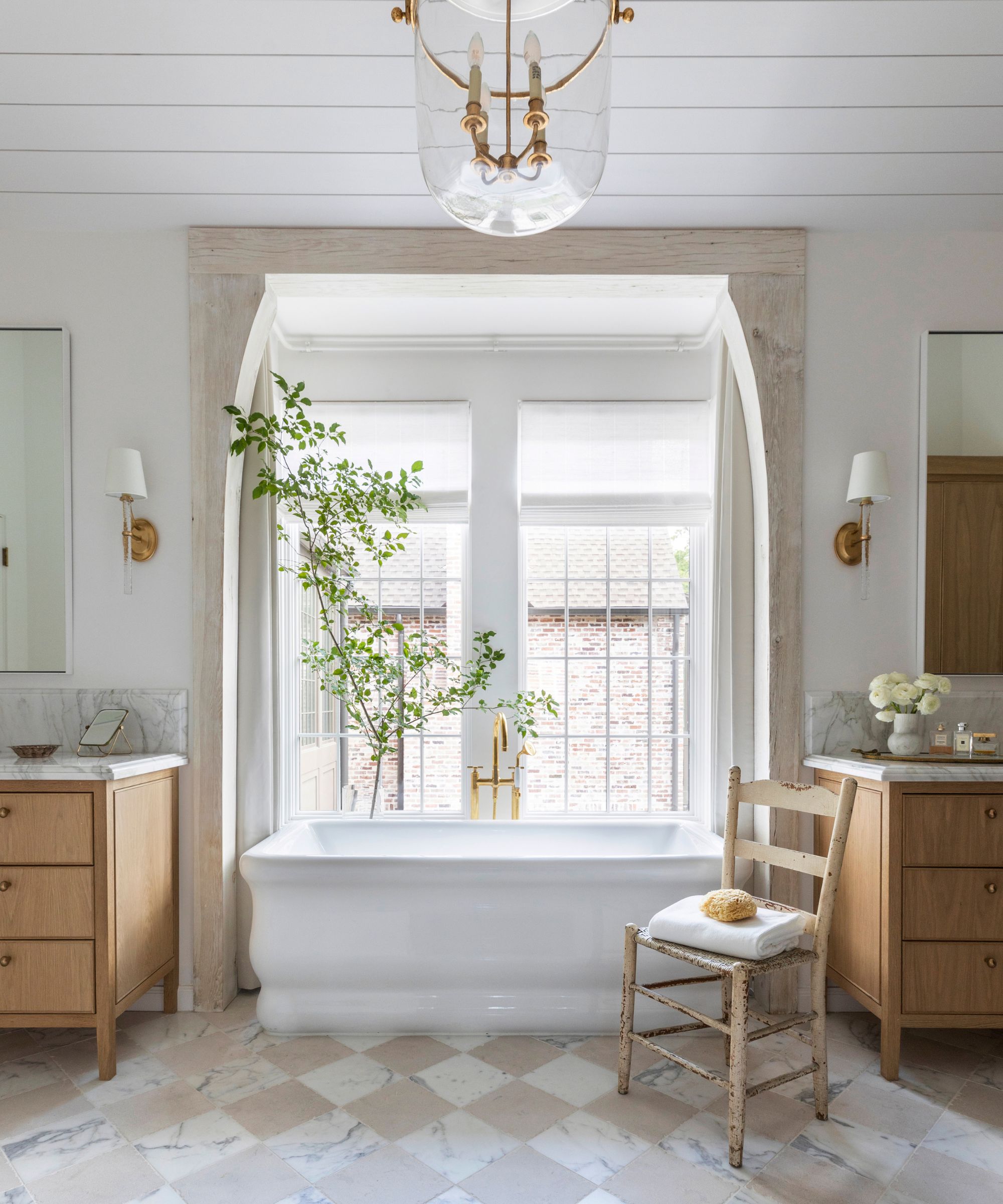
Just because you are opting for an alcove bathtub over a freestanding one doesn't mean it can't still be the focal point of your bathroom. The key to doing this successfully is to look at the bath and surrounding walls as one beautiful zone rather than separate features.
'When designing an alcove tub into a scheme, I love to treat the surrounding walls with just as much thought as the rest of the space. Whether it’s a stunning slab of marble, handcrafted bathroom tile, or a plaster finish that softens the edges, the goal is to make it feel intentional,' says Marie.
In this scheme, the alcove bathtub sits in a bay window. To give it a more decorative finish, wooden beams have been used to frame the alcove, making the bathtub area feel like the main point of luxury within the space.
2. Introduce sumptuous textiles
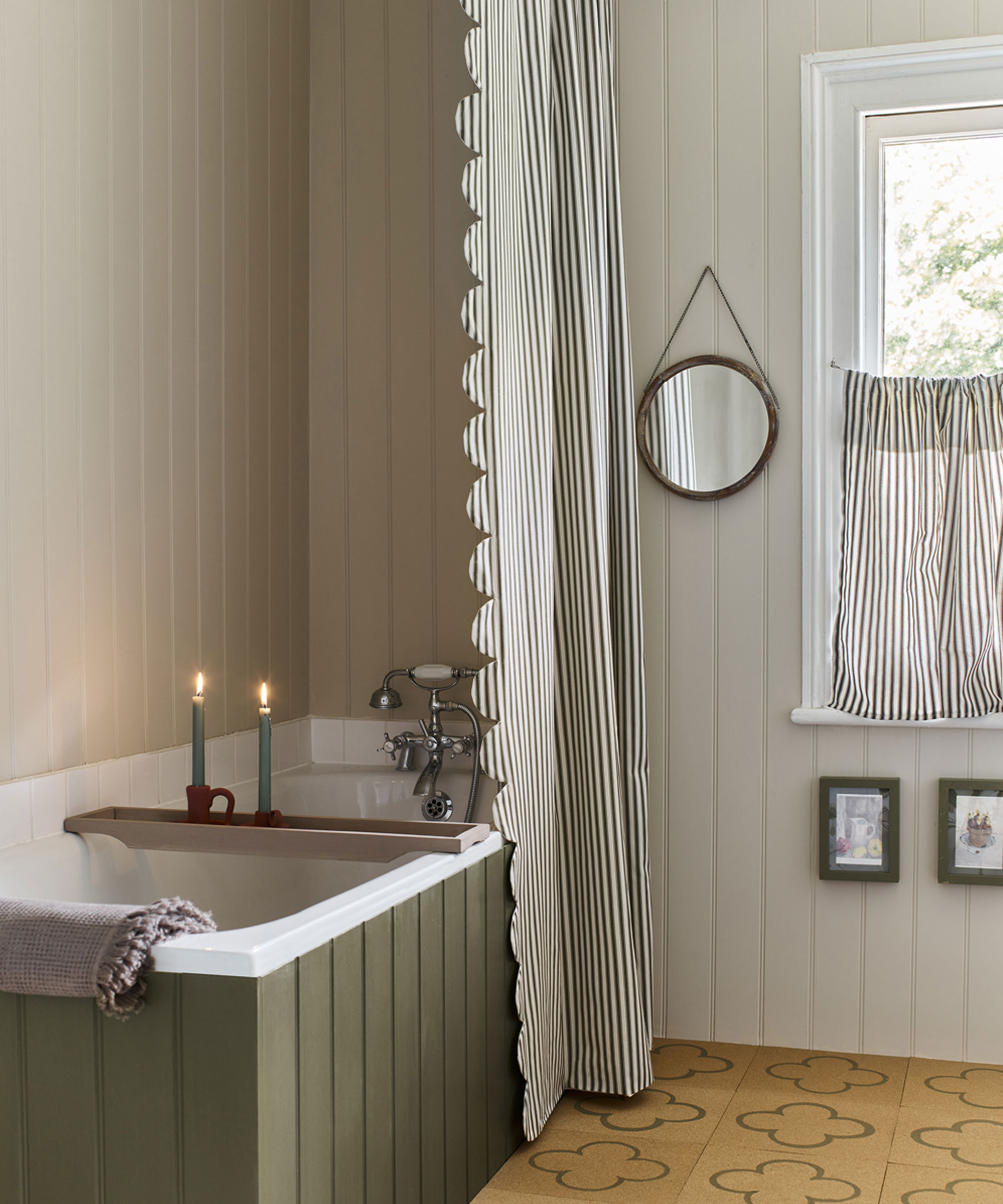
If there's one area where alcove bathtubs prevail over freestanding ones, it's the variety of ways you can accessorize with textiles. Especially when it comes to shower curtains – they seem to drape much more naturally. And those smaller, decorative details are a great place to focus your attention for a more luxurious scheme.
'To make it feel more luxurious, consider incorporating soft, diffused bathroom lighting, a polished or brushed fixture that elevates the space, and layered textures – like a plush bath mat and crisp linen towels. A ledge for a candle or a small vase of greenery can add a spa-like touch, transforming the everyday routine into a ritual,' says Marie.
In this scheme, textiles really add a more design-focused feel to the alcove bathtub. A beautiful linen shower curtain that matches the cafe curtains adds pattern and interest, while a bath caddy topped with candles adds a relaxing ambiance.
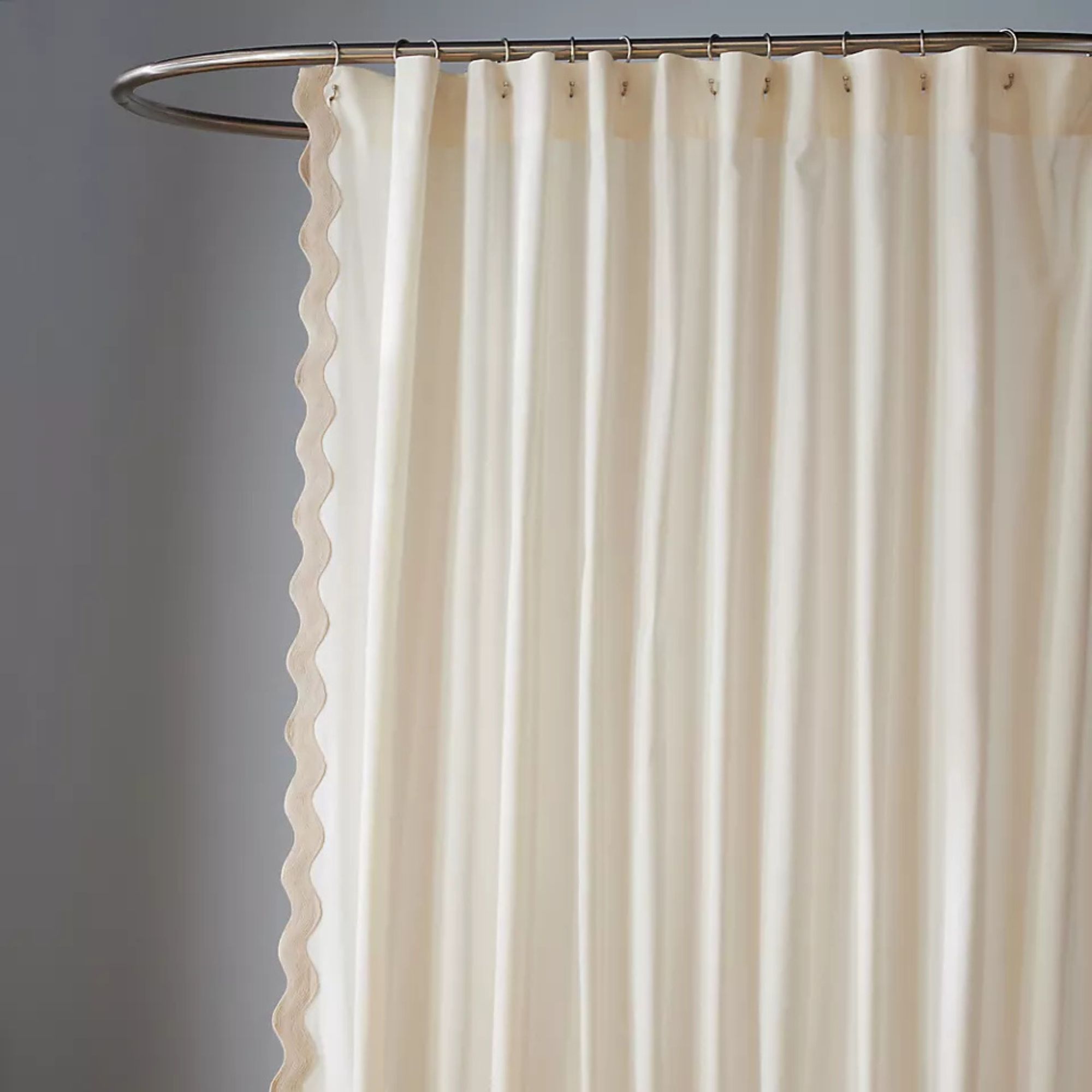
Swapping out a cheap, plastic shower curtain for a cotton or linen alternative instantly feels more luxurious around an alcove bathtub. The scalloped edge detail on this design adds a softer detail to the more angular furniture typical of a bathroom.
3. Tile around your alcove bathtub
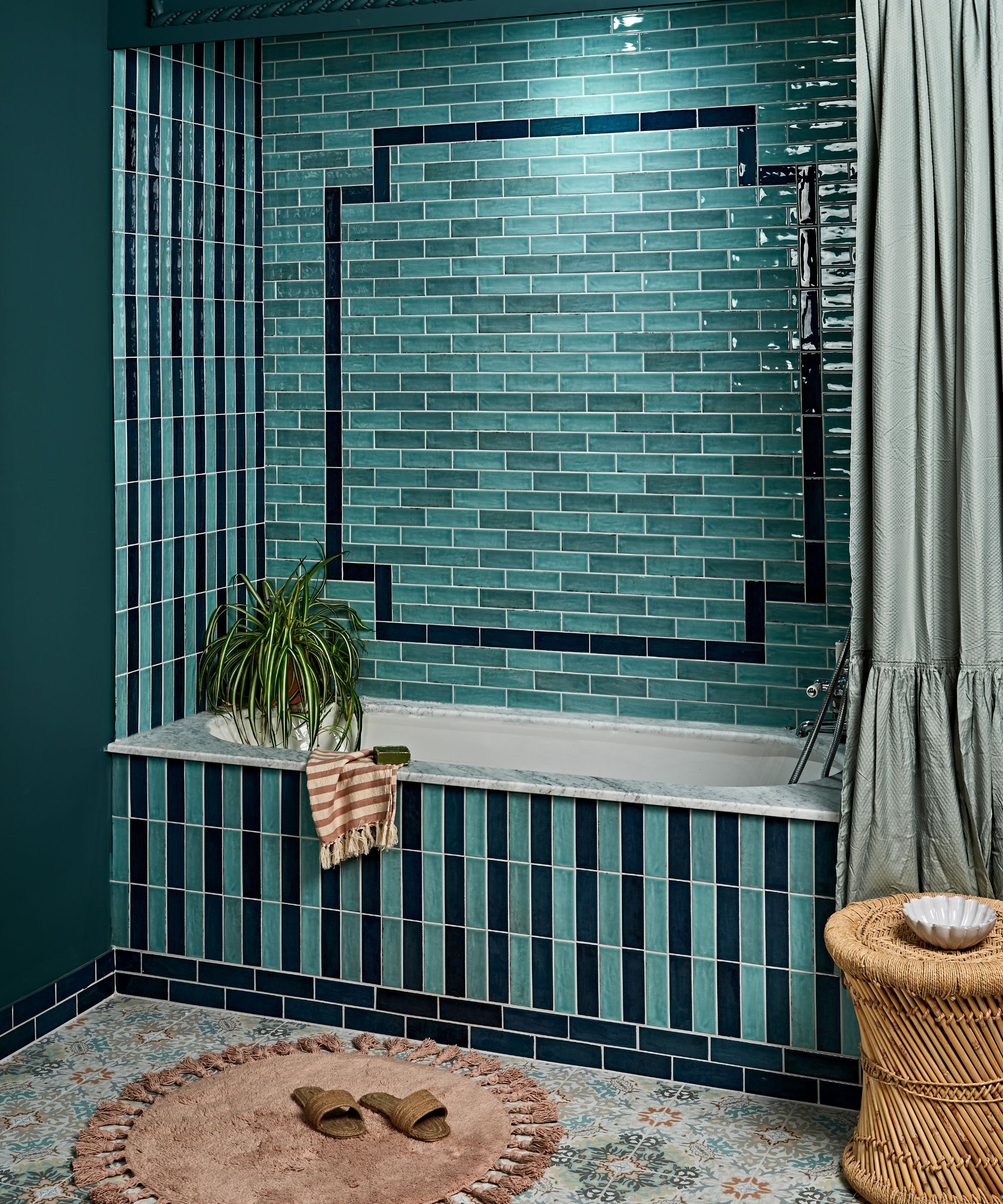
Bathroom tiles are key to bringing color, texture, and luxurious design to any bathroom, but when it comes to schemes with alcove bathtubs, they offer the opportunity to create something truly striking.
'There are ways to make an alcove bath feel more luxurious and compete with the beauty of freestanding tubs. One way to do this is through the use of tiles and using them in a decorative way to create a tile surround,' says Grazzie Wilson, head of creative at Ca’ Pietra.
'This takes an ordinary built-in bath and ‘lifts it’ to become a focal point and a star of the bathroom. It doesn’t have to be tiles, either, but could be natural materials such as marble depending on personal tastes and budgets.'
4. Add a surrounding ledge for decor
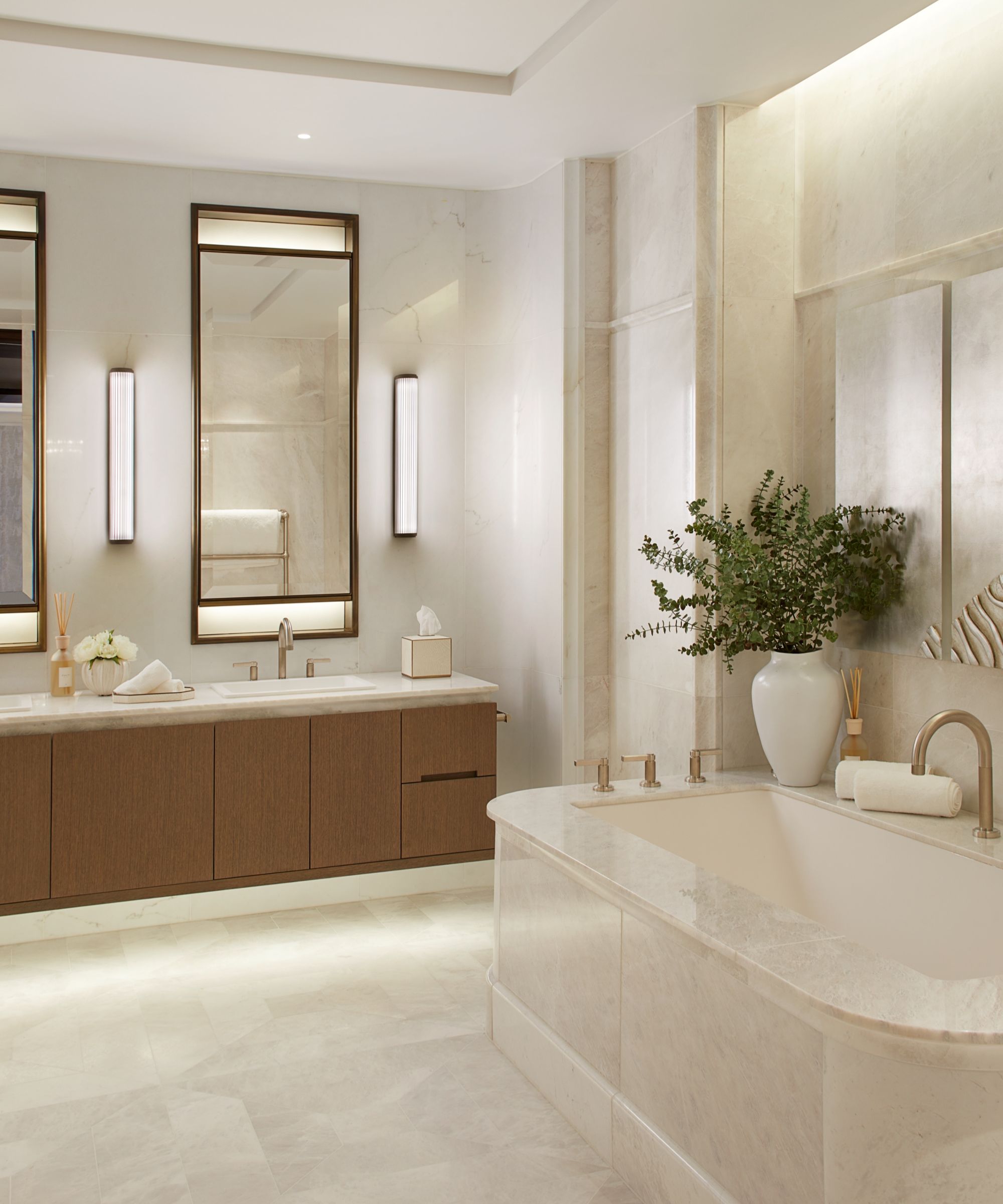
One of the best ways to elevate an alcove bathtub is the give it a bit of breathing space. It doesn't need to be crammed into a corner – instead, design it to have more space to showcase beautiful materials.
'An alcove bathtub is a great choice for saving space in compact city properties, and unlike a freestanding tub, the surround can be wide enough to hold a book, candles, and plenty of your favorite bath products,' says interior designer and homeware brand founder Laura Hammett.
Leaving a thicker ledge around the perimeter of the bathtub gives it a sense of grandeur and introduces somewhere to add decor or more luxurious materials. 'Try a veined marble surround for an elegant and luxurious touch,' Laura suggests.
5. Introduce beautiful brassware
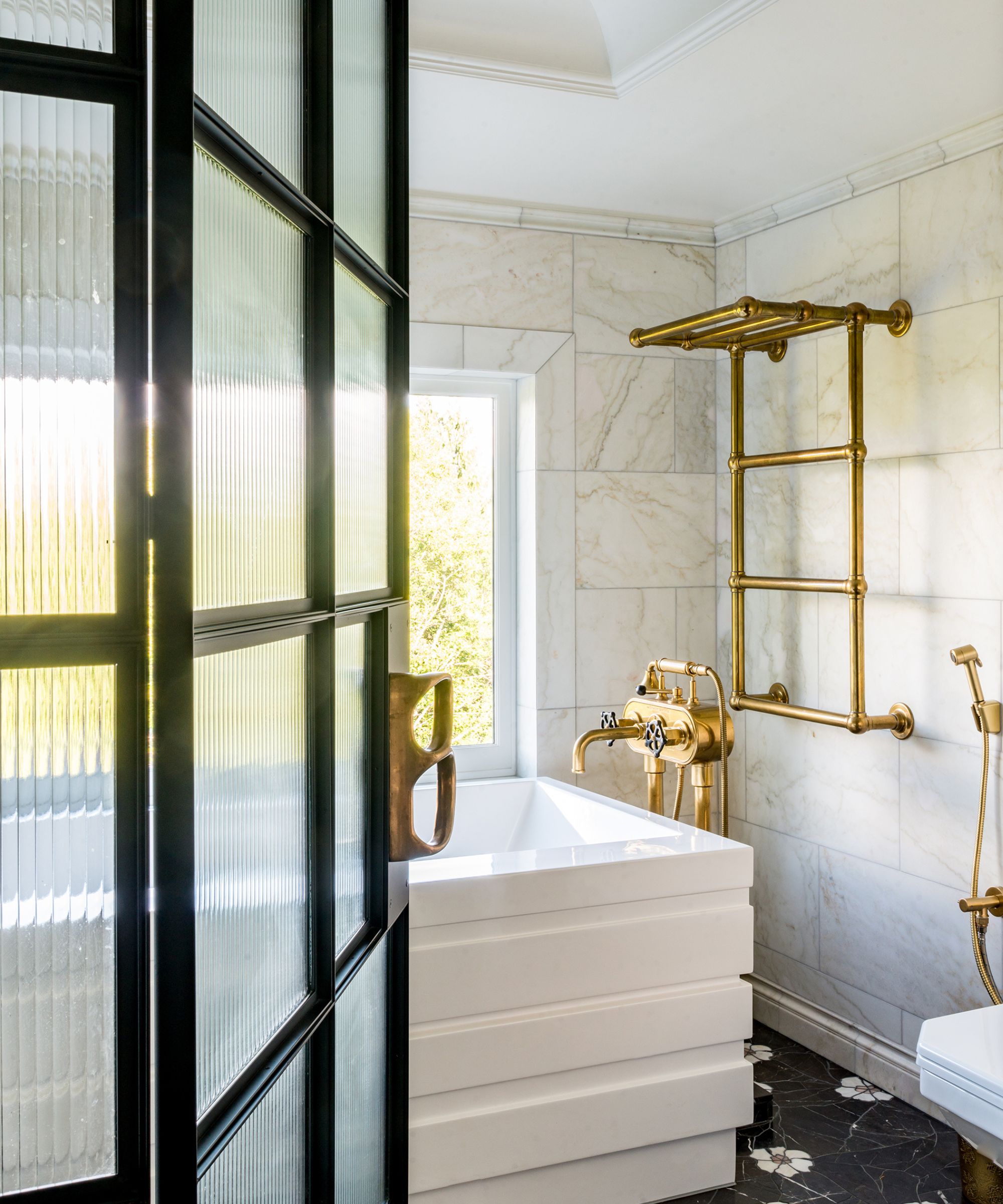
If you've gone for a simple design with an alcove bathtub, how you style and accessorize it will make all the difference. For a dose of luxury, opt for elevated brassware that feels timeless and elegant.
'Carefully consider your brassware choices. You may have saved money by choosing an alcove bath over a freestanding, so consider using some of this budget on your brassware instead,' adds Grazzie.
In this bathroom, the overall scheme has been kept pared back and neutral, so the addition of beautiful brass finishes adds a sophisticated and luxurious feature. The traditional style gives it a more decorative feel, which works perfectly in this scheme.
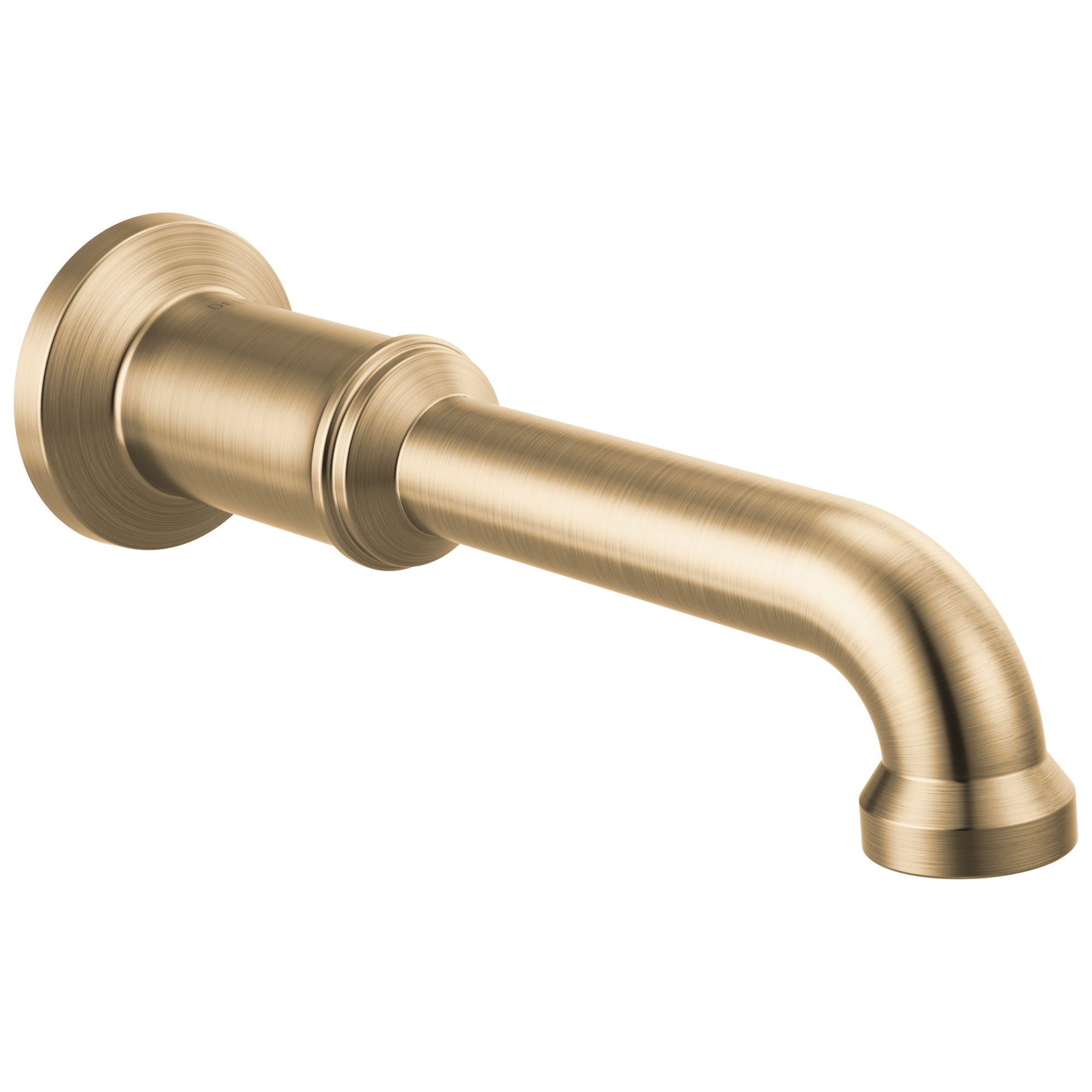
Hardware and faucets are the jewelry of the bathroom, so choosing something elevated and timeless will instantly give your scheme a more expensive look. This tub spout has been designed with heritage style in mind and comes in four finishes to match the other finishes in your bathroom, as well as other faucets and shower heads to match.
If this year's bathroom trends are proving anything, it's that almost any feature can feel luxurious with the right styling and design. Alcove bathtubs are no longer considered to be just a more affordable option but a style that allows designers and homeowners to be more creative with their bathroom design.
Sign up to the Homes & Gardens newsletter
Design expertise in your inbox – from inspiring decorating ideas and beautiful celebrity homes to practical gardening advice and shopping round-ups.

I’ve worked in the interiors magazine industry for the past five years and joined Homes & Gardens at the beginning of 2024 as the Kitchens & Bathrooms editor. While I love every part of interior design, kitchens and bathrooms are some of the most exciting to design, conceptualize, and write about. There are so many trends, materials, colors, and playful decor elements to explore and experiment with.
You must confirm your public display name before commenting
Please logout and then login again, you will then be prompted to enter your display name.
-
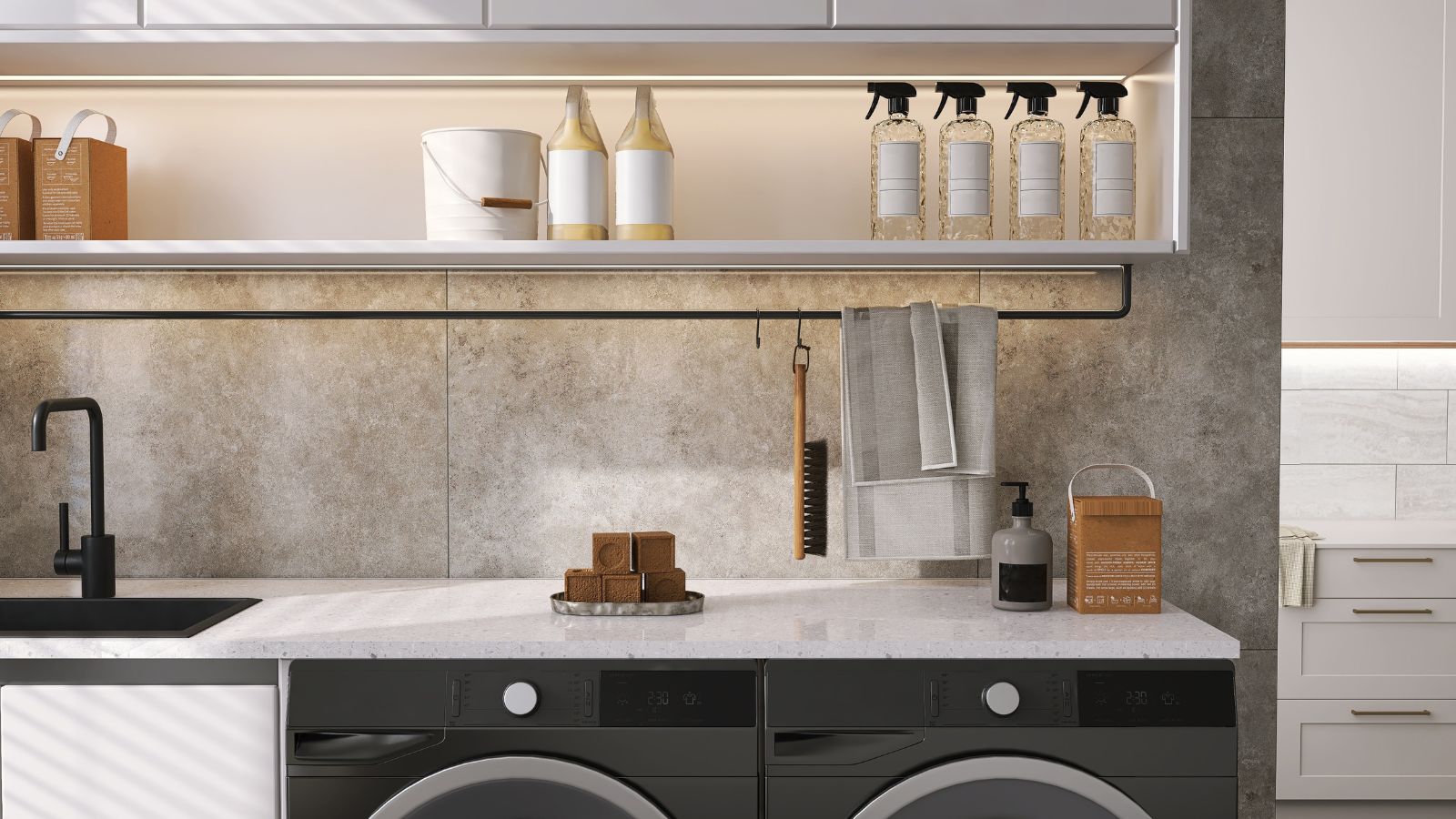 Extend the lifespan of your appliance with 5 simple but crucial washing machine maintenance tips
Extend the lifespan of your appliance with 5 simple but crucial washing machine maintenance tipsFrom cleaning the filters to keeping the door open, experts reveal the washer tips they swear by
By Andy van Terheyden Published
-
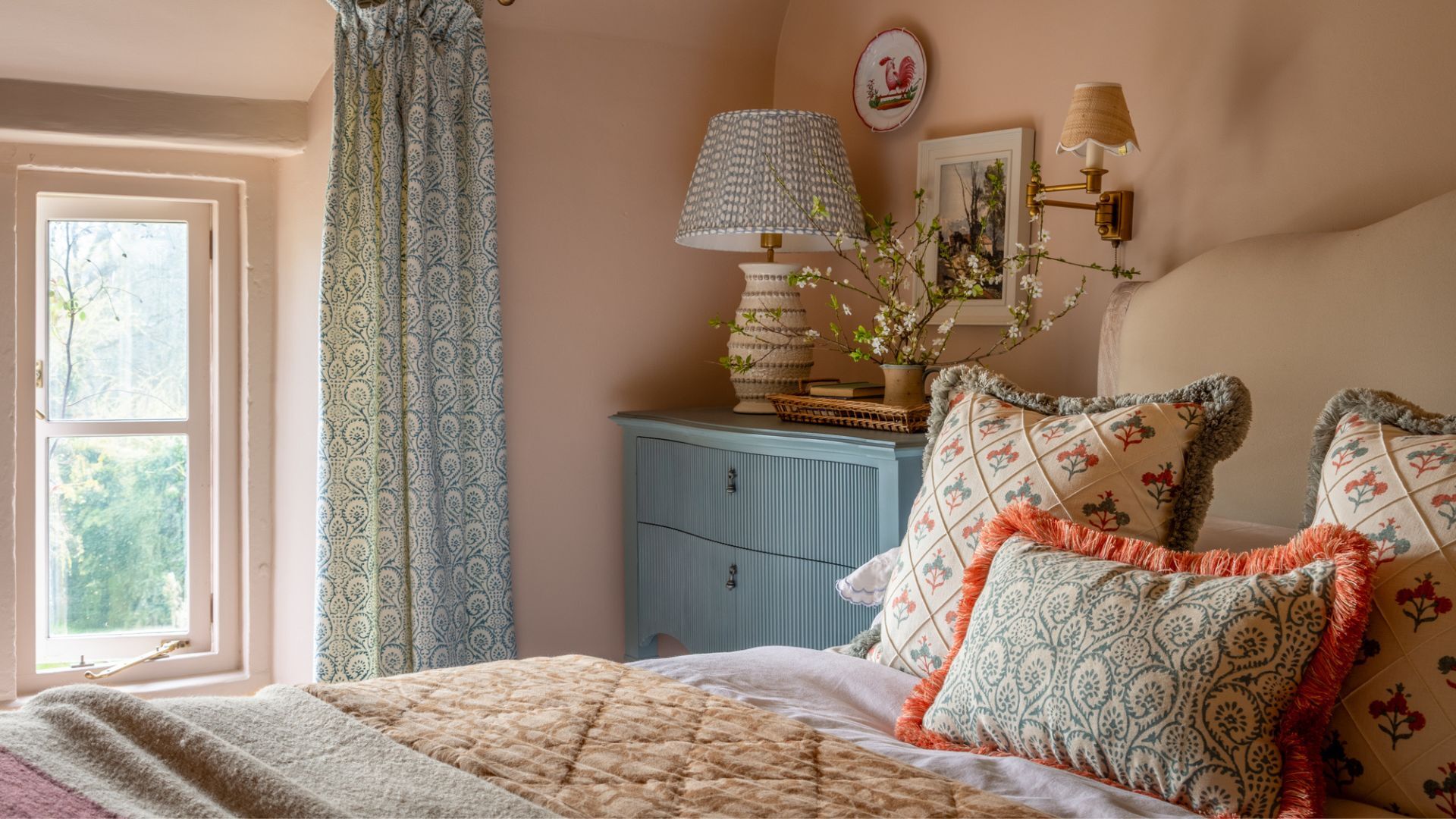 These are the 6 must-have colors to decorate with in April 2025
These are the 6 must-have colors to decorate with in April 2025What do retro-inspired yellows and beautiful blues all have in common? They're on our hot list for the season ahead
By Sophia Pouget de St Victor Published
